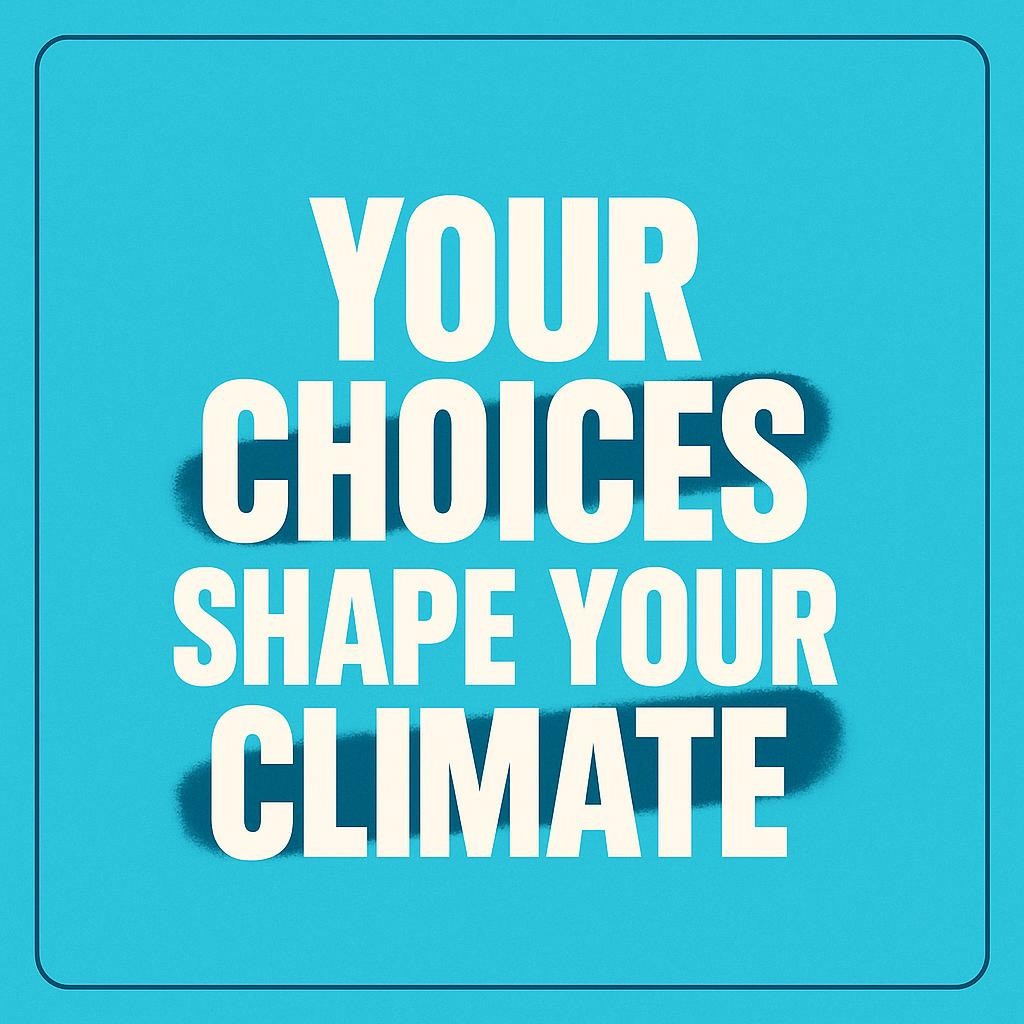7 Courageous Choices for a Thriving Life
You are one hard choice away from a different life. I think of Maya, a top performer who felt empty despite the promotions and the corner window. She didn’t need another hack. She needed a new way to choose. That is the heart of Rand Selig’s Thriving!, a guide that shows thriving is not luck, it is designed. As Selig writes, “Thriving happens when the frequency of positive is vastly greater than the frequency of negative.”
Below are seven choices from Thriving!, translated into simple steps you can use today.
Choose Responsibility Over Autopilot
You can author your days. Selig notes that while we all face headwinds, a foundation of habits, character, and a positive outlook unlocks our power to choose our way into a better life. Think climate, not weather. You will have hard days, but you can raise your long‑term average by stacking more positives than negatives.
Try this:
- Run a weekly “positive ratio” check. Add three repeatable positives to your week, and remove one recurring negative for seven days.
- Write the one choice you are avoiding. Circle the next smallest step.
Choose Character Over Image
What endures comes from who you are. Selig highlights strengths that drive achievement and life satisfaction, including grit, curiosity, social intelligence, self‑control, and even humor. Which do you rely on, and which do you avoid? Build the ones you lack on purpose.
Try this:
- Practice one strength for 30 days. For self‑control, delay a daily impulse by 10 minutes, then 20. Track your streaks.
- Ask a trusted peer for one piece of feedback. Say thank you. Learn, don’t defend.
Choose Self‑Management Over Busyness
Movement is not progress. Selig’s counsel is simple and strong: finish strong, do less but better, and when it is time to act, charge like a rhino toward a clear goal. Overcommitting leads to stress and regret. Focus protects your energy for what matters.
Try this:
- Name your “rhino target” for the quarter in 12 words or less. Take one visible action toward it each weekday.
- Add a “Less is more” reminder on Thursdays. Cut one low‑value task, and reinvest that hour in deep work or recovery.
Choose Emotional Mastery Over Mood Contagion
Emotions spread. The good news, Selig writes, is that we have enormous power to choose how we feel and how we respond. That choice shapes teams, families, and communities. When you shift your state, you influence everyone around you.
Try this:
- After tense moments, take three minutes. Name the feeling, note the trigger, and choose the next best behavior.
- Build a “positives playlist”: three fast activities that lift your state in 10 minutes, like a walk, breathing, or a call to a friend.
Choose Meaningful Work Over Mere Success
Not all achievement nourishes you. Selig offers three conditions for meaningful work: it is sufficiently complex to stretch you, it gives you enough autonomy, and there is a clear link between effort and reward. Misalignment, not lack of talent, often causes stagnation.
Try this:
- Score your current role from 1 to 10 on complexity, autonomy, and effort‑reward. If any score is below 6, design one experiment to raise it by one point in 30 days.
- Before you say yes, ask six filters: Is it significant, ethical, effective, transformative, novel, and likely to endure? Choose with your values.
A Quiet Power Move: Write Your Vision
Selig urges writing a vision that names your core values, unique gifts, and mission for the next decade, then revisiting it often. This simple act clarifies purpose and empowers action.
Choose Connection Over Control
Leadership is a relationship, not a title. Selig is clear: the old command‑and‑control style fails. The new way is to truly connect, listen for others’ frames of reference, and create buy‑in. Differences, appreciated, become synergy. People follow when they are seen, heard, and believed in.
Try this:
- In your next meeting, speak last. Ask two clarifying questions, reflect back what you heard, then propose a path that integrates one idea from someone else.
- Model the why. When sharing a decision, walk through your process and principles, not just the conclusion.
Choose Contribution and Stewardship Over Consumption
A thriving life expands outward. Selig frames generosity as giving time, talent, and money to real needs, guided by your values. He also widens the lens to our shared planet. Within our lifetime, we must guide our tools and culture with wisdom so humanity and Earth can flourish.
Try this:
- Decide your “worthy purpose” for giving this year, then commit to it with consistent action. Even small gifts, sustained over time, change outcomes and change you.
- Pick one measurable action for the planet, from reducing waste at work to supporting conservation, and track its impact each quarter.
A Final Word from the Author’s Heart
Thriving! is both practical and deeply human. It is shaped by decades of leadership, global experience, and real struggle, written by someone who chose values, designed a career based on clear principles, and kept learning. Selig’s message is steady and hopeful: you can design your life, but only if you take the reins, do the inner work, and make brave choices over time. “We can tap into our power to thrive, but only if we take hold of the reins by doing the hard work of knowing ourselves, taking responsibility, summoning our courage, and making the often hard choices along the way.”
When Maya began living these choices, her days did not turn perfect, but the climate changed. She stopped outsourcing her worth, found work that fit her values, and led with connection. The positives began to outnumber the negatives by design. She began to thrive.
Which of these seven choices is calling to you today, and what is your next smallest, most honest step?
